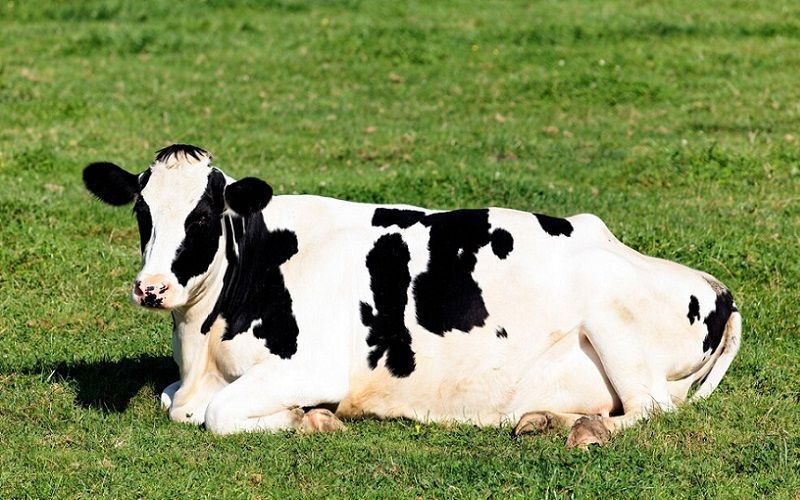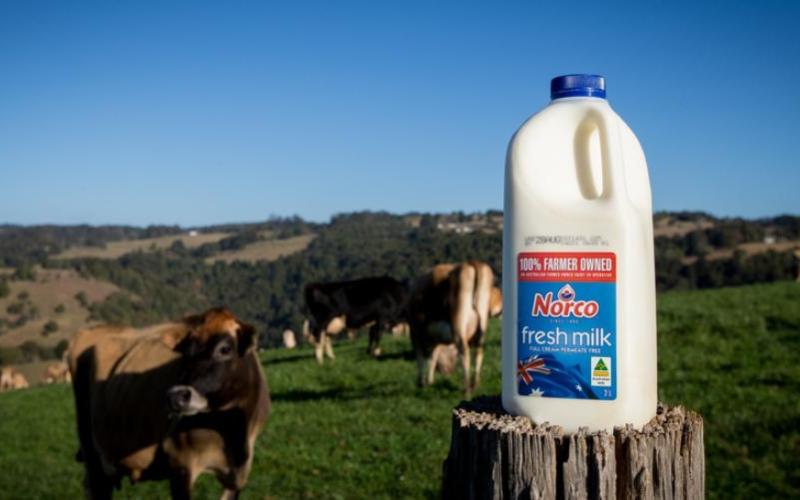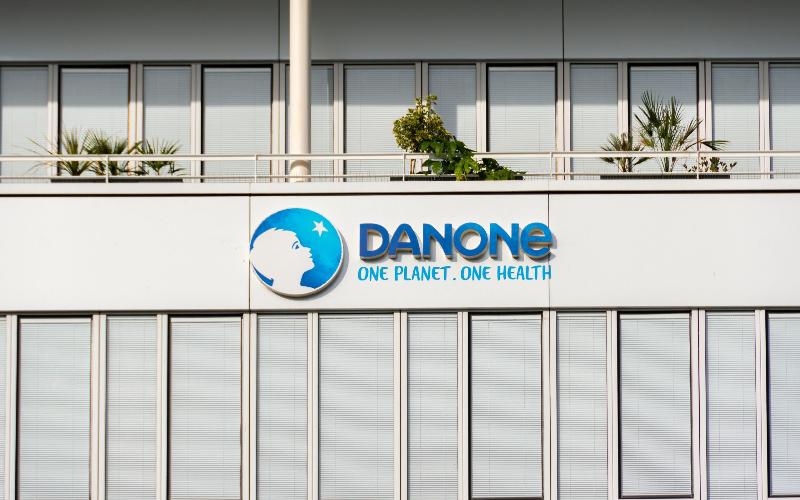The New Economic Reality for Dairy Farms: Navigating Beyond $20 Milk
Sourse: The DairyNews
In recent years, the dairy industry has faced severe challenges that have pushed many farms to the brink of financial instability. With increasing operational costs and volatile market conditions, the once-reliable $20 per hundredweight (cwt) price point for milk is no longer sufficient to sustain dairy farm operations.

This rising tide of expenses, coupled with unpredictable demand fluctuations influenced by consumer preferences and global trade tensions, has necessitated a critical reassessment of financial strategies within the sector.
The U.S. Department of Agriculture recently reported that bird flu has been detected in dairy cows in Texas and Kansas, further complicating the landscape for dairy producers already struggling with tight margins. In light of these developments, understanding the evolving break-even costs for dairy production has become essential for maintaining profitability.
Key Drivers of Rising Costs
The dairy sector is grappling with increased costs across several fronts:
Feed and Labor: The primary costs of feed and labor have surged, directly impacting the bottom line.
Fuel and Repairs: Costs associated with machinery and farm upkeep have escalated, partly due to broader economic inflationary pressures.
Regulatory and Market Changes: Changes in dietary guidelines and a shift towards plant-based alternatives have altered consumer buying patterns. Additionally, international trade disputes have affected export opportunities, further straining revenue streams.
Impact on Consumers and Market Dynamics
The ripple effects of increased dairy production costs are felt by consumers, who face higher prices at the grocery store. This financial strain is shifting consumer behavior, with many opting for alternative products that offer perceived health benefits or lower costs, such as plant-based milks. Younger consumers, in particular, are driving this trend as they seek products that align with a sustainable and health-conscious lifestyle.
Strategic Adjustments for Dairy Farms
To navigate these challenging economic waters, dairy farms must explore new strategies:
Diversification of Income: Beyond traditional milk sales, diversifying into areas such as beef-on-dairy can provide alternative revenue streams.
Technological Innovations: Investing in modern farming technologies can improve efficiency and reduce operational costs. Automated milking systems and advanced feed management can help optimize resource usage and boost productivity.
Government Subsidies and Support: Advocating for and utilizing government subsidies can help buffer against market volatility and provide a more stable income base.
Redefining the Break-Even Point
Given the shifting economic landscape, dairy farms must recalibrate their financial benchmarks. The traditional $20 cwt break-even point is likely outdated, necessitating a new calculation that incorporates current input costs and market conditions. An accurate reassessment will help farms set more realistic pricing and operational goals to ensure sustainability and profitability.
Conclusion
The dairy industry is at a crossroads, requiring farms to adapt to an increasingly complex market environment. By embracing innovation, diversifying income sources, and leveraging government support, dairy farmers can create a more resilient business model that withstands economic pressures and aligns with changing consumer preferences.
The U.S. Department of Agriculture recently reported that bird flu has been detected in dairy cows in Texas and Kansas, further complicating the landscape for dairy producers already struggling with tight margins. In light of these developments, understanding the evolving break-even costs for dairy production has become essential for maintaining profitability.
Key Drivers of Rising Costs
The dairy sector is grappling with increased costs across several fronts:
Feed and Labor: The primary costs of feed and labor have surged, directly impacting the bottom line.
Fuel and Repairs: Costs associated with machinery and farm upkeep have escalated, partly due to broader economic inflationary pressures.
Regulatory and Market Changes: Changes in dietary guidelines and a shift towards plant-based alternatives have altered consumer buying patterns. Additionally, international trade disputes have affected export opportunities, further straining revenue streams.
Impact on Consumers and Market Dynamics
The ripple effects of increased dairy production costs are felt by consumers, who face higher prices at the grocery store. This financial strain is shifting consumer behavior, with many opting for alternative products that offer perceived health benefits or lower costs, such as plant-based milks. Younger consumers, in particular, are driving this trend as they seek products that align with a sustainable and health-conscious lifestyle.
Strategic Adjustments for Dairy Farms
To navigate these challenging economic waters, dairy farms must explore new strategies:
Diversification of Income: Beyond traditional milk sales, diversifying into areas such as beef-on-dairy can provide alternative revenue streams.
Technological Innovations: Investing in modern farming technologies can improve efficiency and reduce operational costs. Automated milking systems and advanced feed management can help optimize resource usage and boost productivity.
Government Subsidies and Support: Advocating for and utilizing government subsidies can help buffer against market volatility and provide a more stable income base.
Redefining the Break-Even Point
Given the shifting economic landscape, dairy farms must recalibrate their financial benchmarks. The traditional $20 cwt break-even point is likely outdated, necessitating a new calculation that incorporates current input costs and market conditions. An accurate reassessment will help farms set more realistic pricing and operational goals to ensure sustainability and profitability.
Conclusion
The dairy industry is at a crossroads, requiring farms to adapt to an increasingly complex market environment. By embracing innovation, diversifying income sources, and leveraging government support, dairy farmers can create a more resilient business model that withstands economic pressures and aligns with changing consumer preferences.
Key News of the Week














